Beyond their celebrated role in crafting the perfect pint, hops have quietly diversified their resume to become a mainstay in nonalcoholic drinks. Today, the pervasive perennial finds a place not only in beverages but in herbal remedies, aromatherapy and even cosmetics. It’s safe to say that the versatility of hops has captivated the attention of enthusiasts and experts alike.
So why should brewers stop at just using the bine (not a typo!) to brew beer? Hop water unlocks a refreshing and nuanced world beyond the brew kettle. With the intricate fusion of flavors, antioxidants and the potential for a new wave of botanical innovation, hop water’s potential is yet to be fully tapped.
Hop water isn’t new, but its popularity is surging thanks to brands like Lagunitas Hoppy Refresher and Sierra Nevada Hop Splash, which have brought it to the mainstream market. Appealing to consumers seeking a sophisticated, flavorful alternative to alcohol and reflecting a larger cultural shift toward mindful and healthier drinking choices, hop water has gained substantial traction as a nonalcoholic beverage trend.
Breweries long dedicated to enjoying the flavor of hops without the alcohol of beer have also realized the potential of hop water. Crafted customer Athletic Brewing Co. specializes in nonalcoholic beer, touting the world’s largest nonalcoholic brewery and more than 25 gold medal beer awards.
“There was a space in the industry to have a great tasting beer without the hangover, calories or other health risks,” said Bill Shufelt, co-founder of Athletic Brewing. “Our goal is to positively impact tens of millions of people’s lives by providing healthier, more mindful options.”
Enter hop water.
According to Shufelt, the demand for nonalcoholic beer will increase in the near future, and it may become more than 20% of the beer category. This shift in consumer preference toward healthy and mindful options has led to the interest in hop water. Athletic Brewing has responded to this trend by introducing Day Pack Sparkling Water with hops infusion.
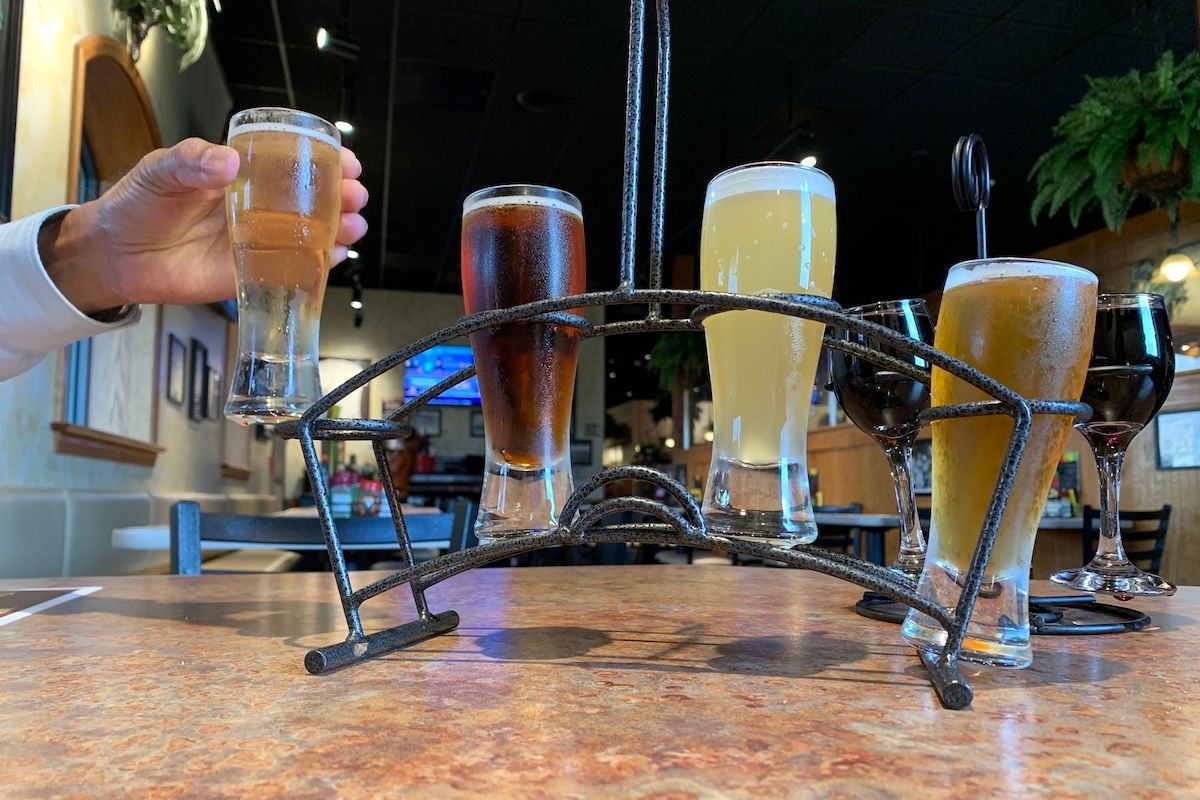
Why is Hop Water a Great Opportunity for Breweries?
Amidst the current fluctuations in hop availability and pricing, breweries are increasingly exploring alternative hop varieties, implementing sustainable farming practices and investing in technological advancements to ensure a stable and consistent supply of high-quality hops for their brewing operations.
The evolution of the hop market underscores the necessity for breweries to adopt more agile and adaptable approaches to meet the demands of a dynamic market landscape and cultivate a comprehensive understanding of consumer preferences.
Given the challenges of the current hops market and the growing demand for nonalcoholic beverages, brewers’ interest in hop water is increasing. From the ease of production to the necessity of category expansion, hop water is a straightforward play for a brewery for many reasons.
- It’s simple to produce. Hop water does not require any fermentation or aging process, unlike beer. It can be made in a matter of days or even hours using existing equipment or simple machines. It also requires no special licenses or permits to produce or sell.
- It’s cost-effective. Hop water uses fewer ingredients and resources than beer, making it highly profitable. Although hops can be expensive, they are used in smaller quantities in nonalcoholic beverages than in beer production. Hop water also has a longer shelf life than beer, reducing waste and spoilage.
- It’s more than trendy.
Hop water taps into the
growing demand for nonalcoholic beverages that offer flavor and functionality without compromising health or quality. According to
NielsenIQ data, nonalcoholic beer took up 85.3% of total nonalcoholic beverage sales, with a market worth $328.6 million, up +19.5% from a year ago, driven by younger consumers who are looking for more diverse and healthier options. Hop water also caters to the sober curious movement, encouraging people to explore their relationship with alcohol and reduce consumption.
- It’s a natural category expansion. Hop water can help breweries attract new customers who may not drink beer or alcohol. It can also help breweries retain their existing customers who may want to take a break from alcohol but still enjoy the flavor of hops.
How is Hop Water Made?
Depending on the equipment and the desired outcome, there are different ways to make hop water. Some breweries use their existing brewing system while others use separate tanks or machines.
The five basic steps of making hop water are:
- Filter and sanitize the water to ensure it is clean and free of contaminants.
- Adjust the pH of the water to help extract the desired compounds from the hops and prevent unwanted reactions or spoilage. The optimal pH range for hop water is between 3.5 and 4.5.
- Add the hops to determine the flavor profile and intensity of the hop water. Some common hop varieties used for hop water are Citra, Amarillo, Mosaic and Cascade, which have fruity, citrusy and floral notes. Depending on the method, the hops can be added before or after carbonating the water.
- Carbonate the water, depending on brewery preference or style.
- Package the product for distribution and consumption, which may include pasteurization or filtration to ensure shelf stability and clarity.
How to Evaluate the Risks and Benefits of Making Hop Water
Before adding hop water to your offerings, weigh the potential advantages and drawbacks. On the positive side, introducing hop water can help diversify your revenue streams and attract a larger customer base. You can also differentiate yourself from your competitors by being the first in your area or niche to offer it, establishing yourself as an innovator.
However, there are also potential challenges to consider. The popularity of hop water may fluctuate with changing consumer preferences and trends, so it's essential to stay vigilant and adapt accordingly. Additionally, you'll need to keep an eye on the availability and price of hops, diversifying your supply chain and securing contracts to ensure a smooth production process. Finally, you should maintain meticulous inventory management and storage practices to ensure the freshness and quality of your hop water throughout its shelf life. It should come as no surprise that
brewery management software helps with all of the above.

How to Test the Option with Consumers
It’s critical to test any new beverage with consumers before launching it. Don’t go with your gut. Instead, do your research. Understand the needs, wants, preferences, behavior and expectations of the target market. Tips about how exactly to test the option include:
- Create a minimum viable product (MVP). Don’t jump headfirst. Dip a toe, as it were. What is a version of the product that has the minimum features and functionality required to deliver value to customers? Make a small batch of hop water with one or two hop varieties or flavors to start.
- Pilot your MVP to a small group of customers and get feedback on the product. Use what you already have at your disposal: taproom, website, social media or events to distribute samples or sell it at a discounted price.
- Don’t forget to measure the results. It’s too easy to let emotions or preconceived notions cloud judgment. Instead, look at the data to assess your hop water’s viability and scalability. Solid metrics include sales, revenue and profit. Secondary metrics to consider include customer satisfaction, retention, referrals and reviews.
Level Up Your Operations with Brewery Management Software
A solid brewery ERP solution can help you evaluate the scalability and viability of adding hop water to your product offerings. From streamlining operations to tracking ingredient and stock management and key metrics, you can ensure your hops don’t go to waste, and your hop water meets the expectations of your target market.
Elevate your brewery's performance and efficiency by integrating the power of Crafted ERP. Our team optimizes your brewery's processes, ensuring seamless incorporation of hop water production into your existing operations.
Reach out to our U.S. or Australia team to amplify your brewery's potential and solidify your position in the ever-evolving beverage market!
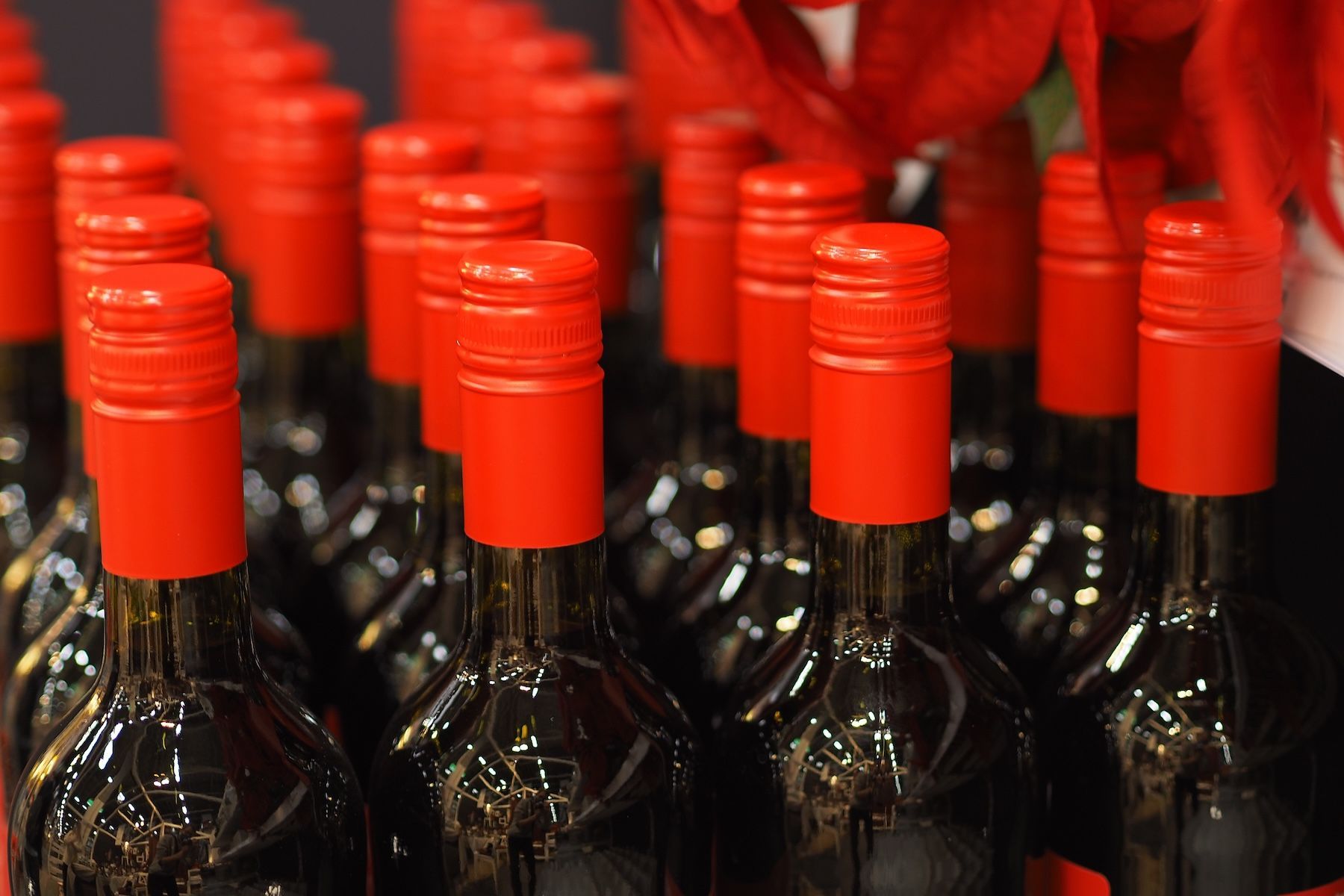
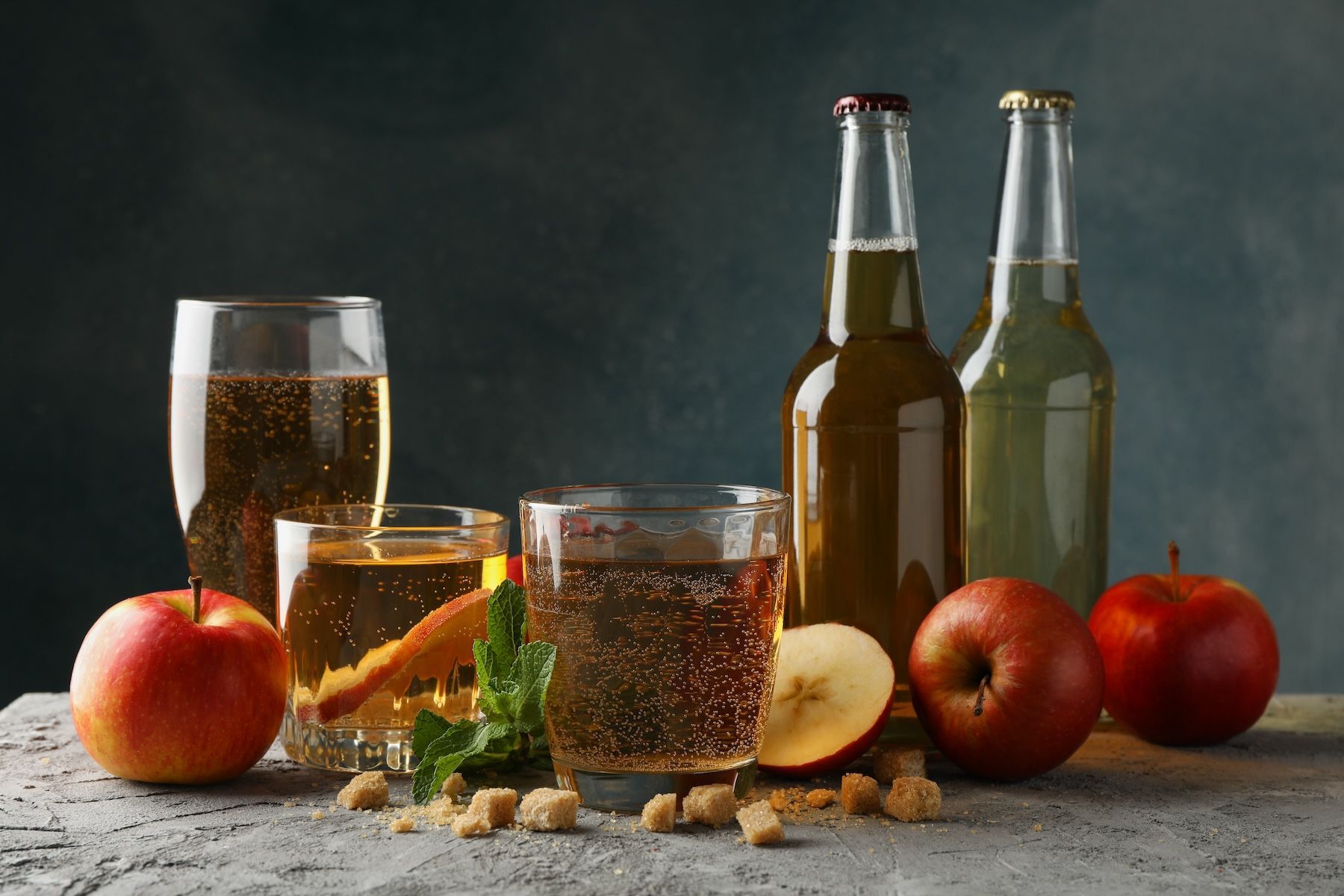

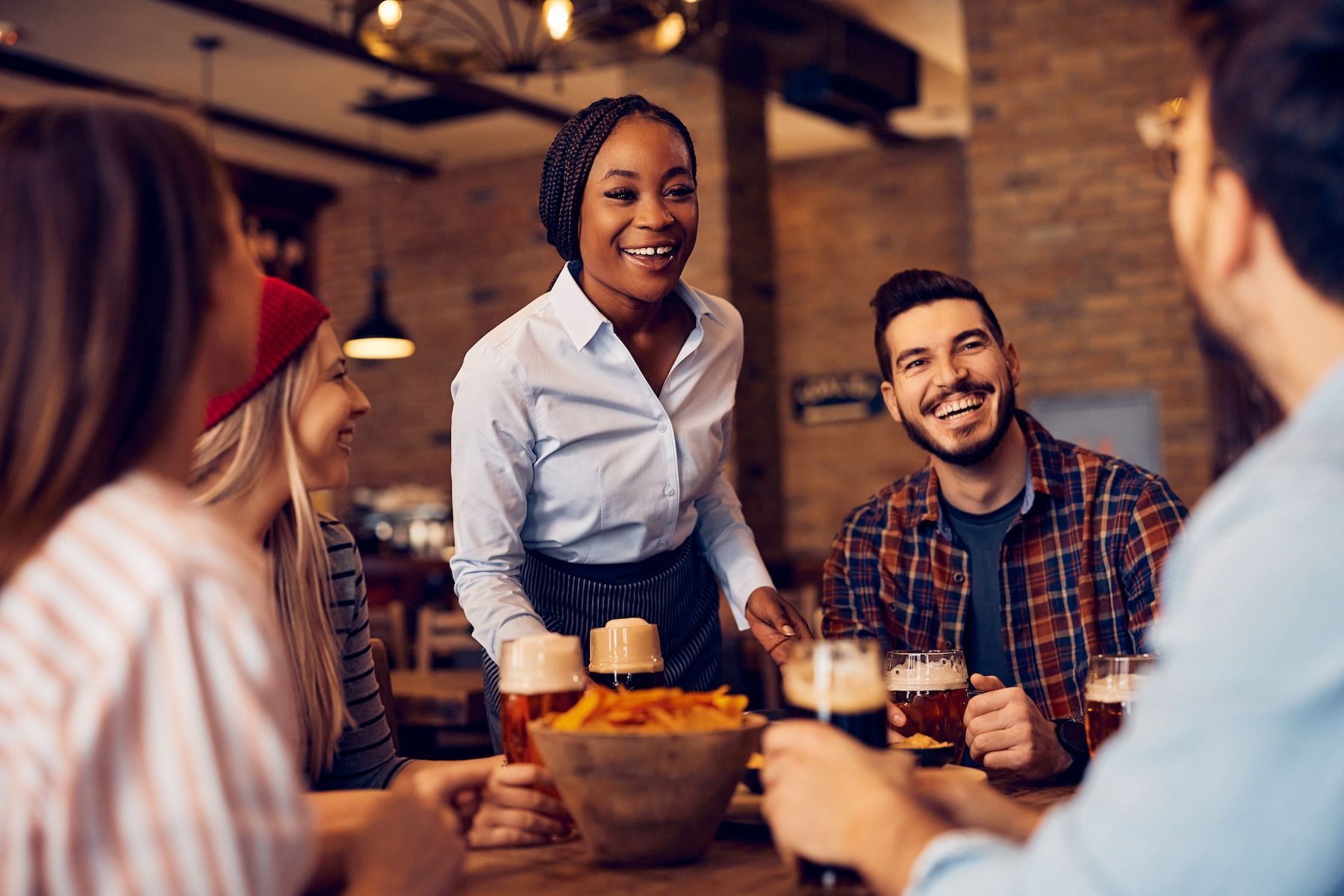
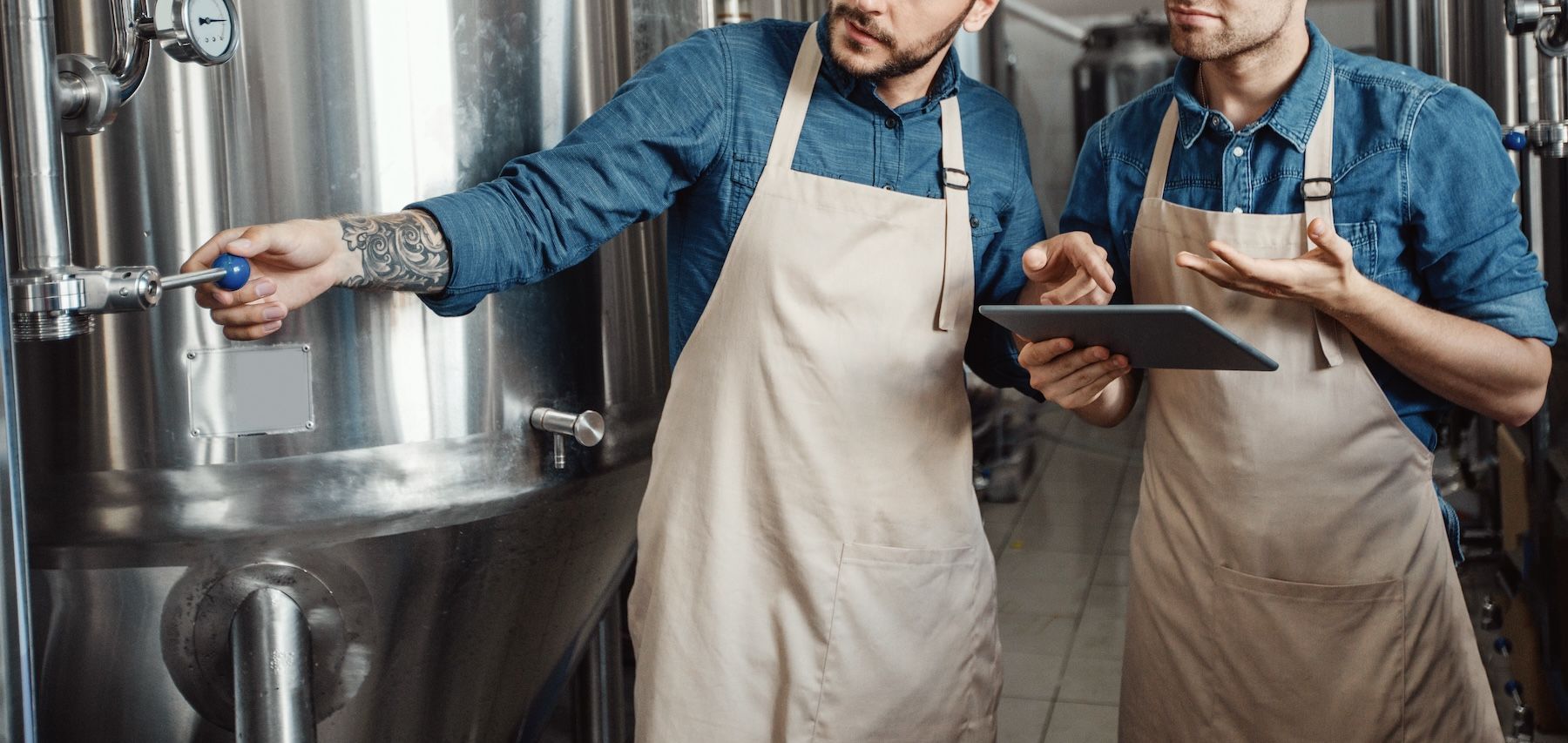
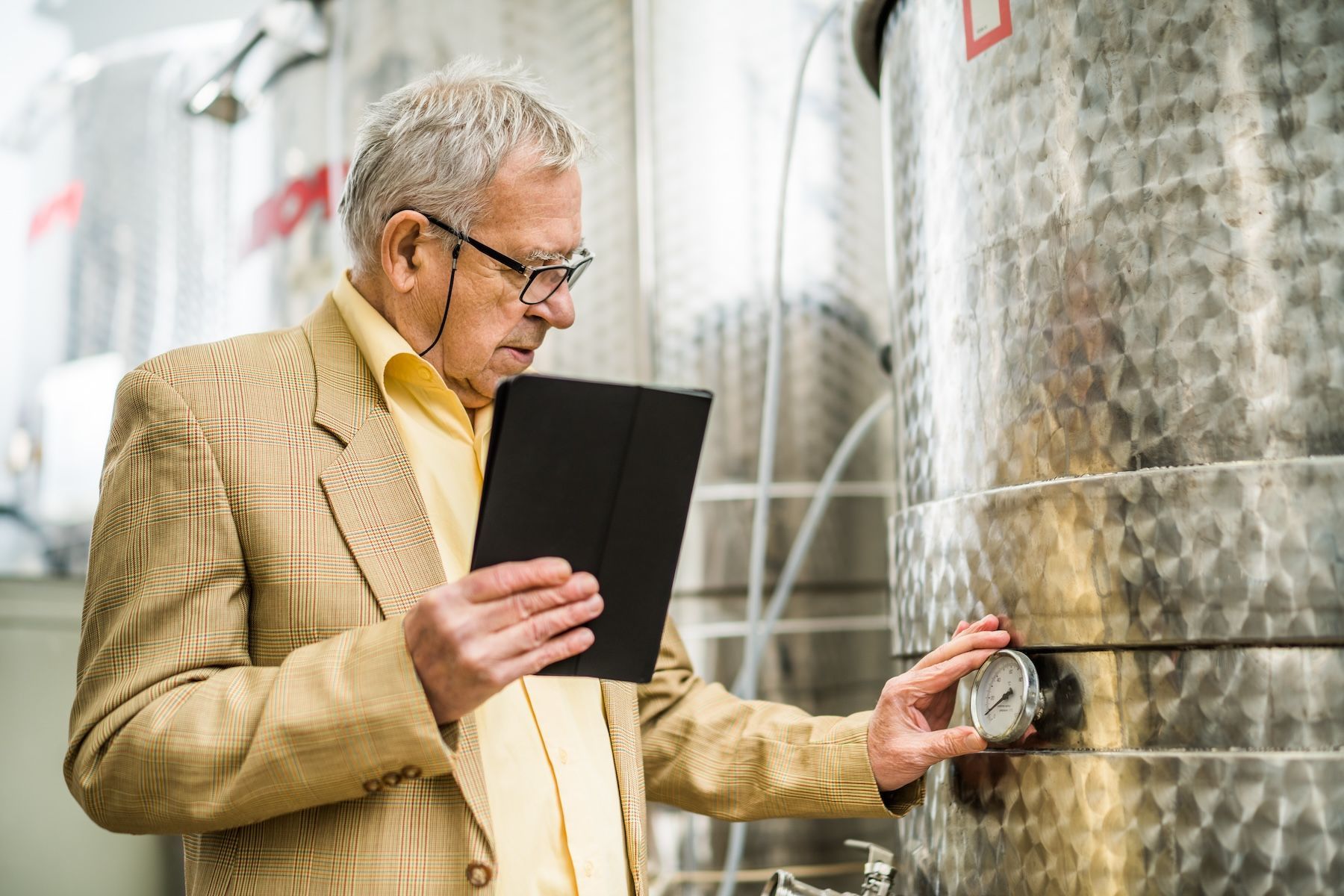
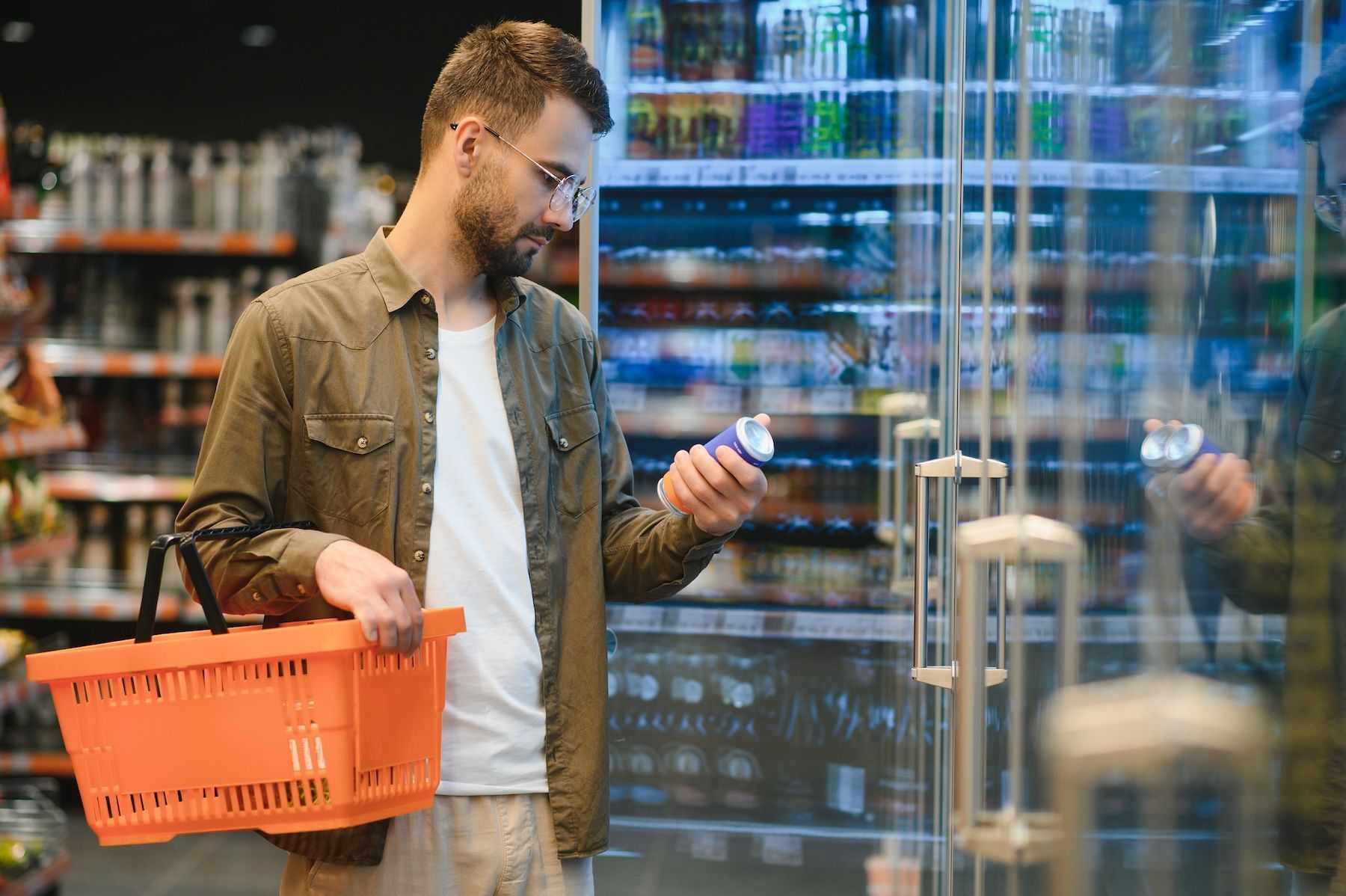

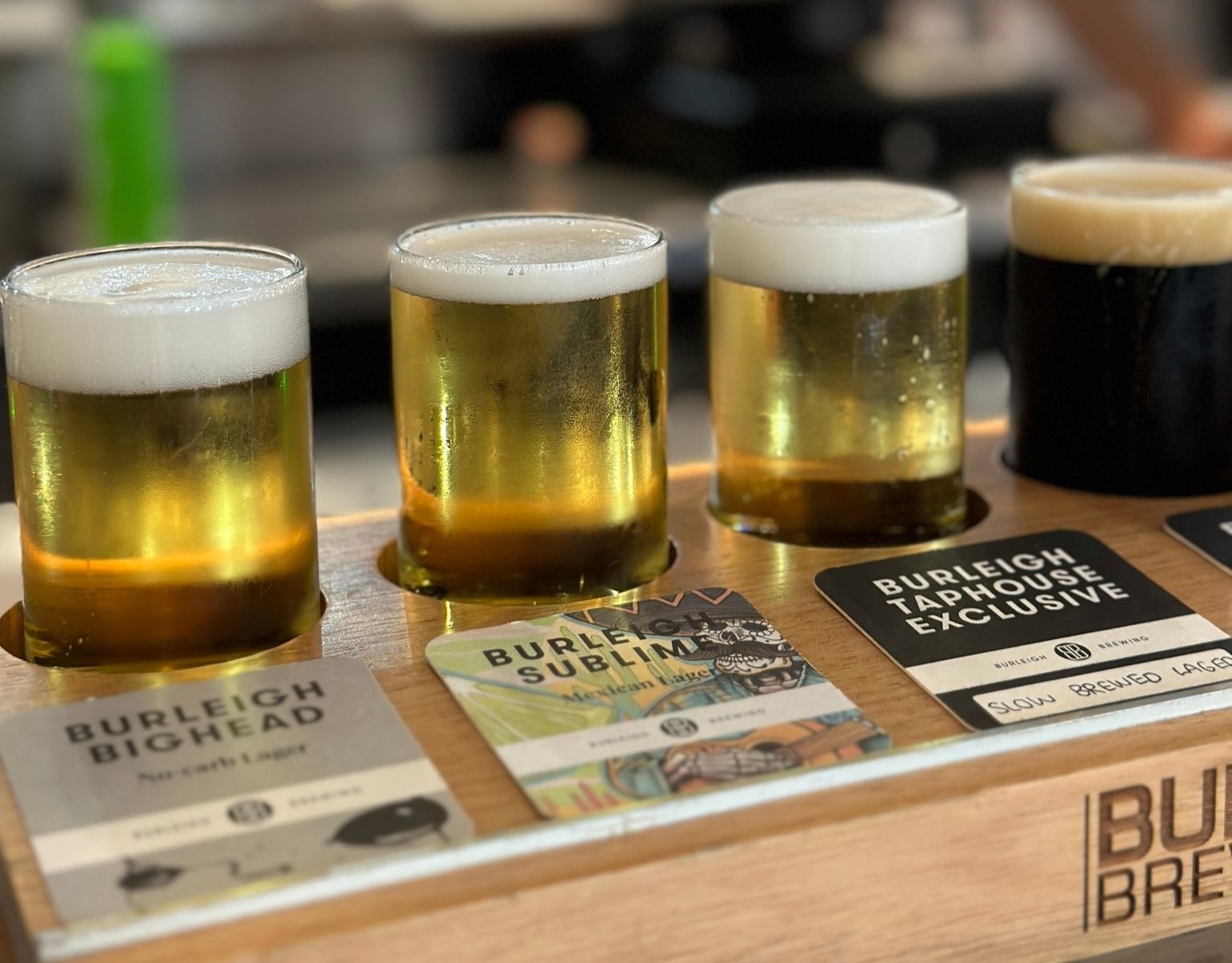
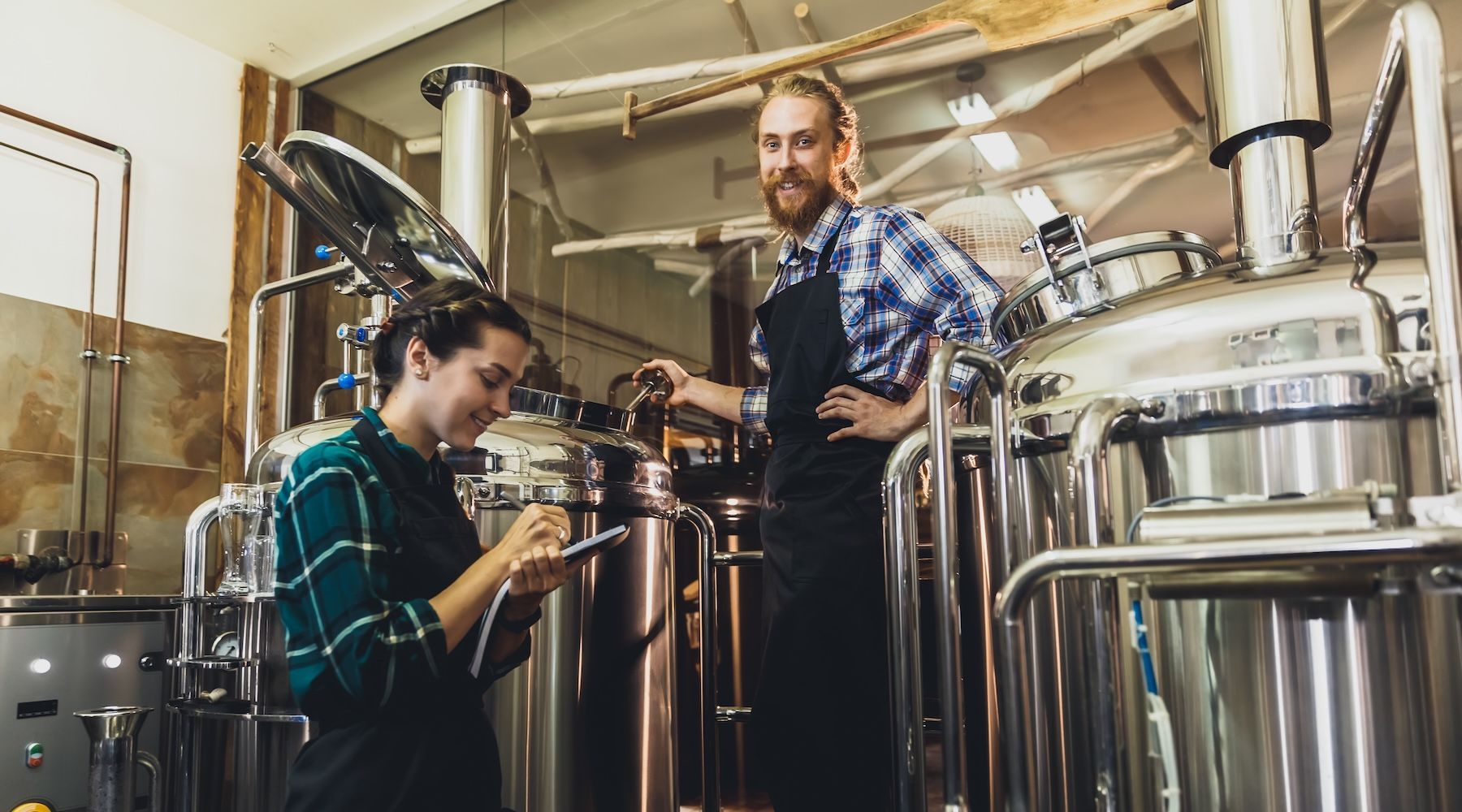
GET IN TOUCH
1512 Larimer Street, Suite #150
Denver, CO 80202
United States
(720) 699-0200
66 Goulburn Street
Sydney, NSW, 2000
Australia
+61 2 9044 1330

